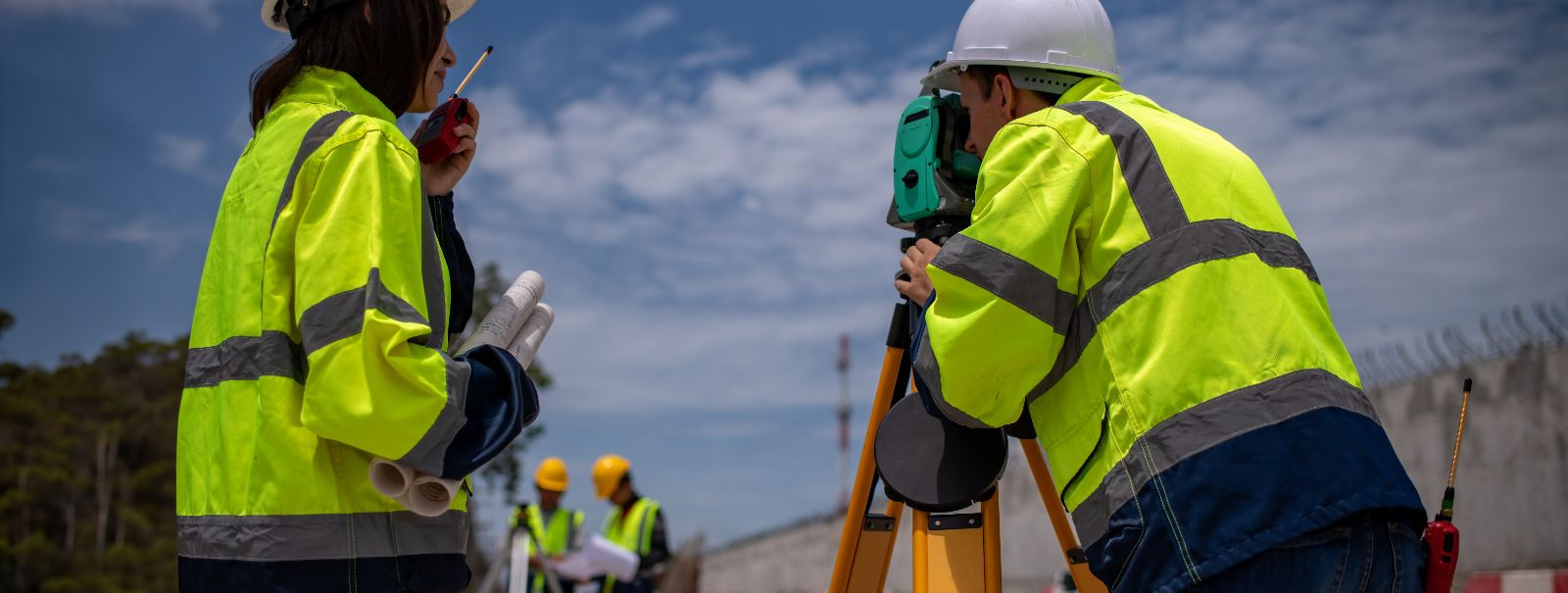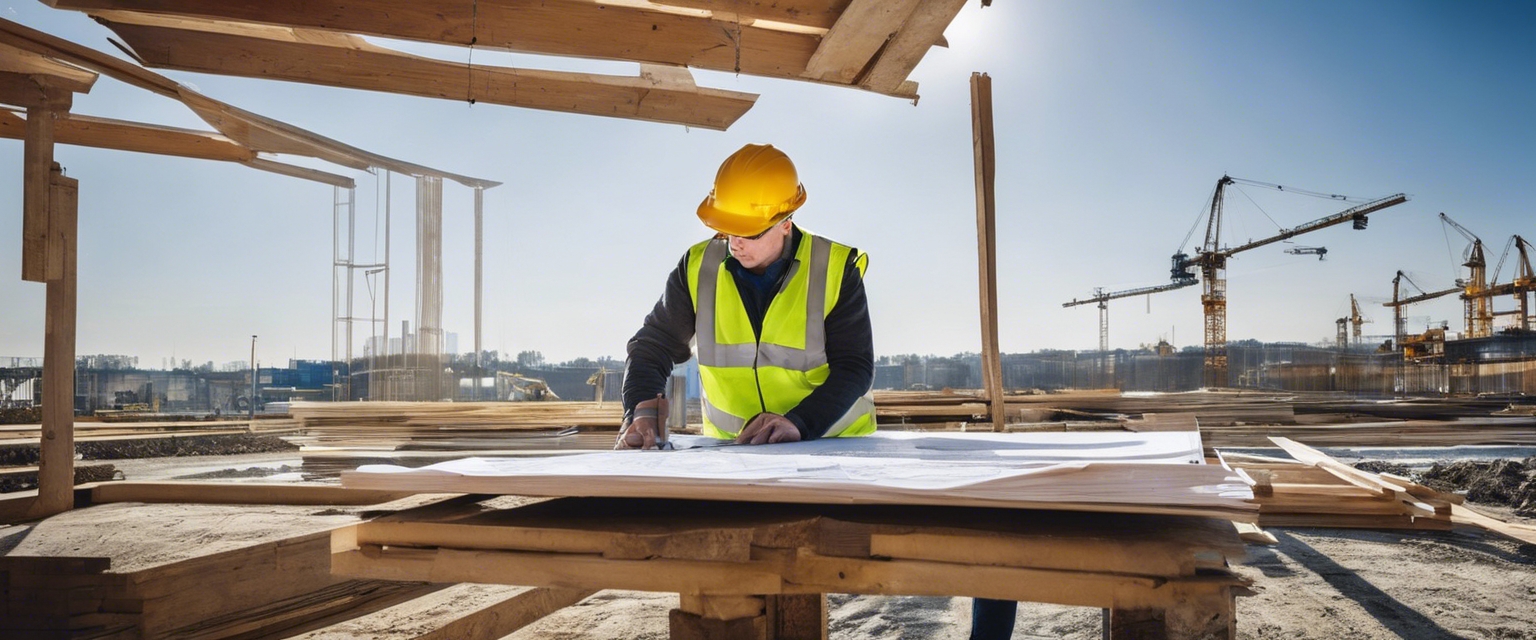Understanding the importance of accurate measurement in building design
Accuracy in building design is not just a matter of technicality; it's a cornerstone of construction that affects everything from structural integrity to cost efficiency. Precision in measurements ensures that the envisioned design translates into a physical structure that is safe, functional, and aesthetically pleasing.
Inaccurate measurements can lead to a multitude of problems, such as structural failures, budget overruns, and delays in project timelines. These issues not only affect the reputation of construction companies and architects but also pose significant safety risks to future occupants.
The Fundamentals of Measurement in Building Design
Building design involves various types of measurements, including dimensions, load capacities, material properties, and environmental factors. Each of these plays a vital role in ensuring the building's performance and longevity.
From traditional tools like tape measures and levels to advanced technologies such as laser scanners and Building Information Modeling (BIM), the industry has a wide array of instruments to ensure precision. Embracing these technologies is crucial for maintaining accuracy in today's complex construction projects.
Impact of Accurate Measurement on Different Stages of Building Design
During the pre-construction phase, accurate measurements are essential for site analysis, budgeting, and obtaining necessary permits. They form the foundation upon which all subsequent work is based.
As the project moves into the construction phase, precise measurements guide the execution of the design, ensuring that each component fits together as intended and that the building stands strong and true to its planned specifications.
After construction, accurate measurements facilitate the building's maintenance and renovations, allowing for seamless modifications and extensions if needed.
Best Practices for Ensuring Measurement Accuracy
Adopting standardized measurement procedures helps in maintaining consistency and reliability across different projects and teams, reducing the likelihood of errors.
Investing in the continuous training and education of staff ensures that they are up-to-date with the latest measurement techniques and technologies.
Finally, investing in the latest measurement technologies not only improves accuracy but also enhances efficiency, enabling construction professionals to stay competitive in a rapidly evolving industry.






Comments (0)